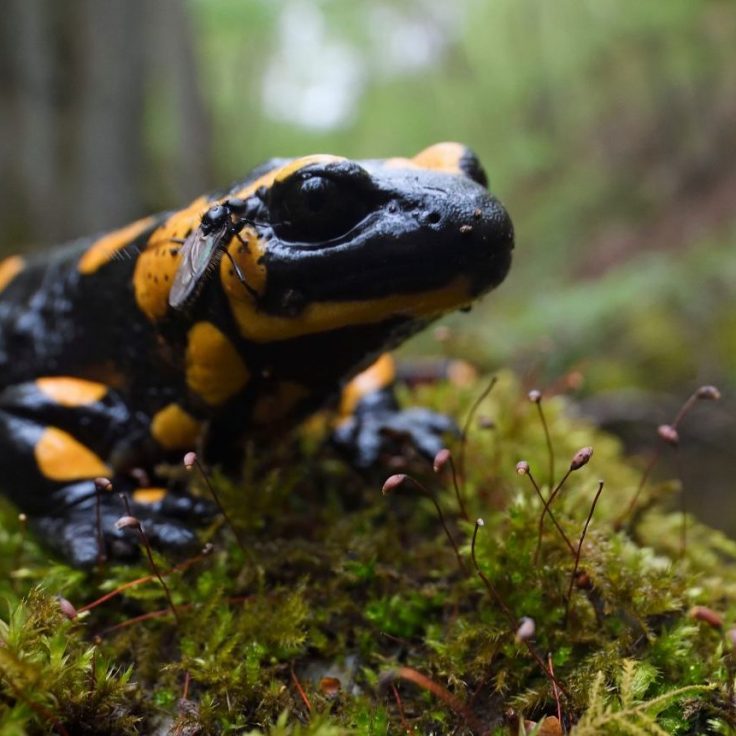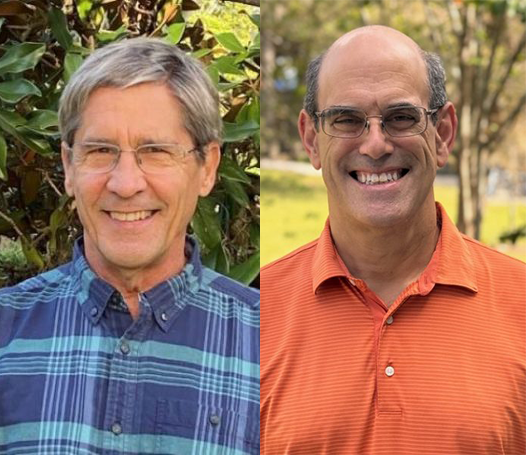
Stars in Astronomy visible right here on campus
With new tools like Webb telescope, Astronomy faculty, students peer into mysteries of the cosmos
Exciting developments are on the horizon, not just for the University of Florida’s Department of Astronomy but for the entire field. The halls of the Bryant Space Center are abuzz with anticipation, as groundbreaking tools promise a cosmic revolution. Advances in observational techniques, increased computing power, and expanded international collaboration are ushering in a new age of astronomical research.
NASA’s James Webb Space Telescope, the largest telescope ever dispatched into deep space, stands ready to unravel the cosmos’ profound mysteries. It began its interstellar odyssey on Christmas Day 2021 with the primary mission of capturing the “let there be light” moment, depicting the birth of stars and galaxies post-big bang.
Now, as the Webb telescope gazes back to the cosmic origin, its advanced observations are kickstarting efforts in UF Astronomy to deepen our understanding of the universe. Faculty and students are eager to build on this momentum and contribute to the unfolding discoveries.
Cosmic Creativity
Wednesday nights are an exciting time for students in “The Art and Science of Astrophotography” course. Once the sun sets, if the conditions are right, they make their way down to the bat houses to set up telescopes and take pictures of the night sky. The class is an opportunity for students passionate about photography to learn more about the universe, and for astronomy students to unleash their creativity.
Led by Elizabeth Lada, chair and professor of astronomy, and Noah Rashkind, a UF Astronomy alum who recently returned to co-teach the class, it has quickly become one of the college’s most sought-after offerings since its launch in January 2023. As it enters its third iteration this semester, the class has amassed a waitlist exceeding 100 students, attracting a diverse mix of art students and aspiring astronomers.
Lada, with 27 years on the Astronomy faculty, focuses on star formation research when she’s not inspiring students to find art in the night sky. Observing the “breeding grounds” for stars — large clouds of gas suspended in space — she explores optimal conditions for their births and early phase development.
Having witnessed the department’s evolution firsthand, Lada, the department chair since 2018, oversees its growth and successes. Managing projects and initiatives, securing funding, and developing connections with other institutions, she’s embracing the new opportunities spurred by recent advancements.
“We had been seeing steady growth for the last decade, but the past two years or so have been especially great for us,” Lada said. “New technologies, like the Webb telescope, are pushing our research forward, and our work has been getting a lot of media attention.”
Just as the Webb telescope has provided a transformative change in perspective, Lada’s new astrophotography class offers a different lens through which students can view and understand the cosmos. Through the process of capturing and interpreting celestial scenes, her students gain an appreciation for the cosmos’ beauty, cultivating a profound sense of awe and curiosity. Ultimately, the experience encourages a broader and more interconnected view of our place in the vastness of the universe.
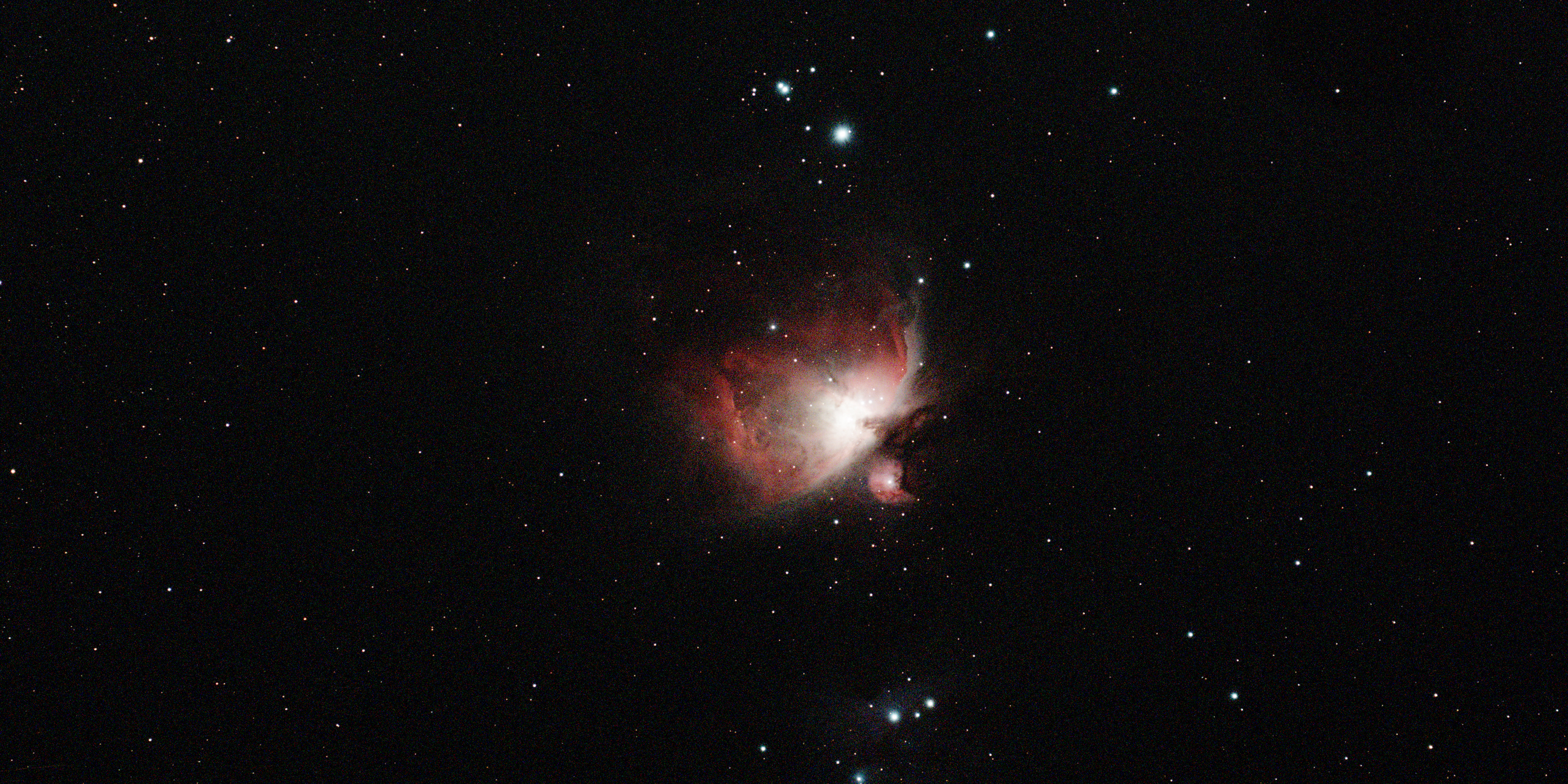
All Systems Go
UF Astronomy isn’t just adjusting its teaching approaches to accommodate the surge in interest sparked by Webb’s observations. They’re making waves in research, too. In recent months, the department has achieved notable success, leveraging new data to make major breakthroughs.
This past spring, assistant professor Sarah Ballard and her doctoral student Sheila Sagear were featured in the Proceedings of the National Academy of Sciences for their research on “habitable zones,” areas around suns conducive to planets holding water and potentially supporting life. Their work addressed a critical challenge: The sun’s gravitational forces during a planet’s orbit can lead to sterilization due to extreme tides if the planet gets too close or drifts too far away.
To conduct their research, Ballard and Sagear gathered data from NASA’s Kepler Gaia telescopes, analyzing extensive planet samples. By observing the time planets took to cross their suns, they determined the size of their orbits. Their analysis revealed that one-third of the sampled planets were within habitable zones, making them promising subjects for future research on life beyond Earth.
Just a week later, Assistant Professor Zack Slepian and co-author Jiamin Hou, a European Union Marie Skłodowska-Curie Postdoctoral Fellow, challenged the fundamental symmetry of physics in their study published in the Monthly Notices of the Royal Astronomical Society. Investigating the “handedness” in the distribution of galaxies, known as parity symmetry, the team explored evidence of the breaking of parity, a crucial factor for the existence of matter in the universe.
“I’ve always been interested in big questions about the universe,” said Slepian. “What is the beginning of the universe? What are the rules under which it evolves? Why is there something rather than nothing?”
Leveraging UF’s supercomputer, HiPerGator, Slepian and Hou automated a process of complex calculations applied to millions of galaxies, a feat that would be impossible to accomplish by hand. While the results did not tell them whether the universe favored right-handedness or left-handedness, they strongly indicated a preference, likely coded into our galaxies early in the universe’s development. This study marked a substantial stride in research on parity symmetry, and the team hopes to gain more definitive answers regarding the universe’s preferred “hand” in the near future, by using the much larger dataset from Dark Energy Spectroscopic Instrument (DESI), for which Slepian leads UF’s participation.
In the fall, a team of researchers, including Assistant Professor of Astronomy Jaehan Bae, published findings in The Astrophysical Journal from their latest study, shedding light on how stars form and grow. To do this, they looked at distant multi-stellar systems, or groups of stars that form closer together, using an array of telescopes called the Atacama Large Millimeter/submillimeter Array (ALMA).
The team found that the star system they observed had developed three spiral arms, which carried gas around the system that growing stars, or protostars, could absorb. “With this research, I am hoping that we can observe other forming multiple stellar systems to see if this one is an oddball or it’s a norm,” Bae said.
Rising Stars
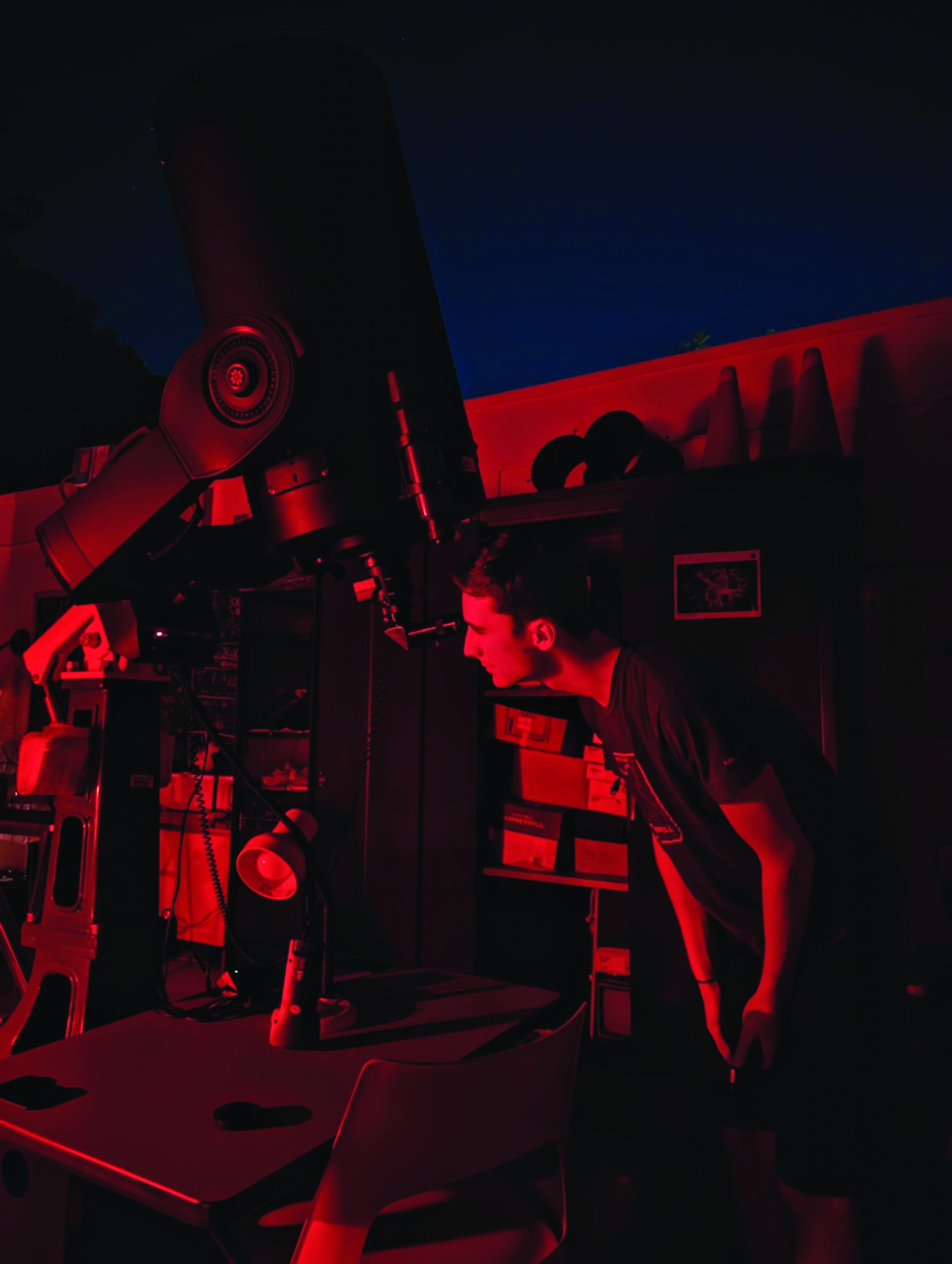
UF Astronomy boasts not only accomplished faculty but also a cadre of exceptional students who are thinking outside the box to explore new possibilities. Among them is Grady Robbins, a senior majoring in astrophysics, who is actively engaged in protoplanetary disk research with Bae and serves as an officer in UF’s Astronomy and Astrophysics Society.
This past summer, Robbins took on an internship at the National Science Foundation’s NOIRLab. There, he played a crucial role as a primary developer in a recently launched NASA-funded project, Backyard Worlds: Cool Neighbors. It’s the first-ever targeted citizen science search for brown dwarfs. These balls of gas never become stars but offer valuable insights into exoplanet atmospheres and star formation. They’re really hard to spot, but Robbins and his collaborators use the power of AI and machine learning on telescope images to identify them, encouraging input from users to ensure accurate identification. Grady’s role demonstrates UF’s commitment to student involvement in research and volunteer opportunities.
“UF Astronomy faculty prioritize their students’ success,” said Robbins. “They are eager to explore new opportunities to engage students in departmental activities and prepare them for the future.”
Robbins also co-founded PULSAR (Promoting Undergraduate Learning and Studies in Astrophysical Research) with Lada, which he sees as a highlight of his career. The club is designed to be a direct line of communication between undergraduates and professors, empowering them to discuss research opportunities and giving students a chance to practice presentations and build their resumes.
Another all-star student is Sophie Clark, a junior double major in astrophysics and physics. Like Robbins, Clark is heavily involved with undergraduate research, working with Elizabeth Lada to study star clusters. Her exemplary work with one cluster in particular, named NGC 1977 and located in the Orion region, earned her the Chambliss Astronomy Achievement Award. She was one of only two undergraduates to receive the prestigious honor at the American Astronomical Society meeting last summer.
“I was so honored to receive the award,” Clark said. “It was an amazing opportunity to share my results with other experts in the field.”
Outside of classes and research, Clark works as a teaching assistant for Lada’s astrophotography class. She took the course when it was first offered and fell in love.
“Seeing the look of awe on students’ faces when they realize how much you can observe from a small telescope in the middle of campus has been an incredibly rewarding experience,” Clark said.
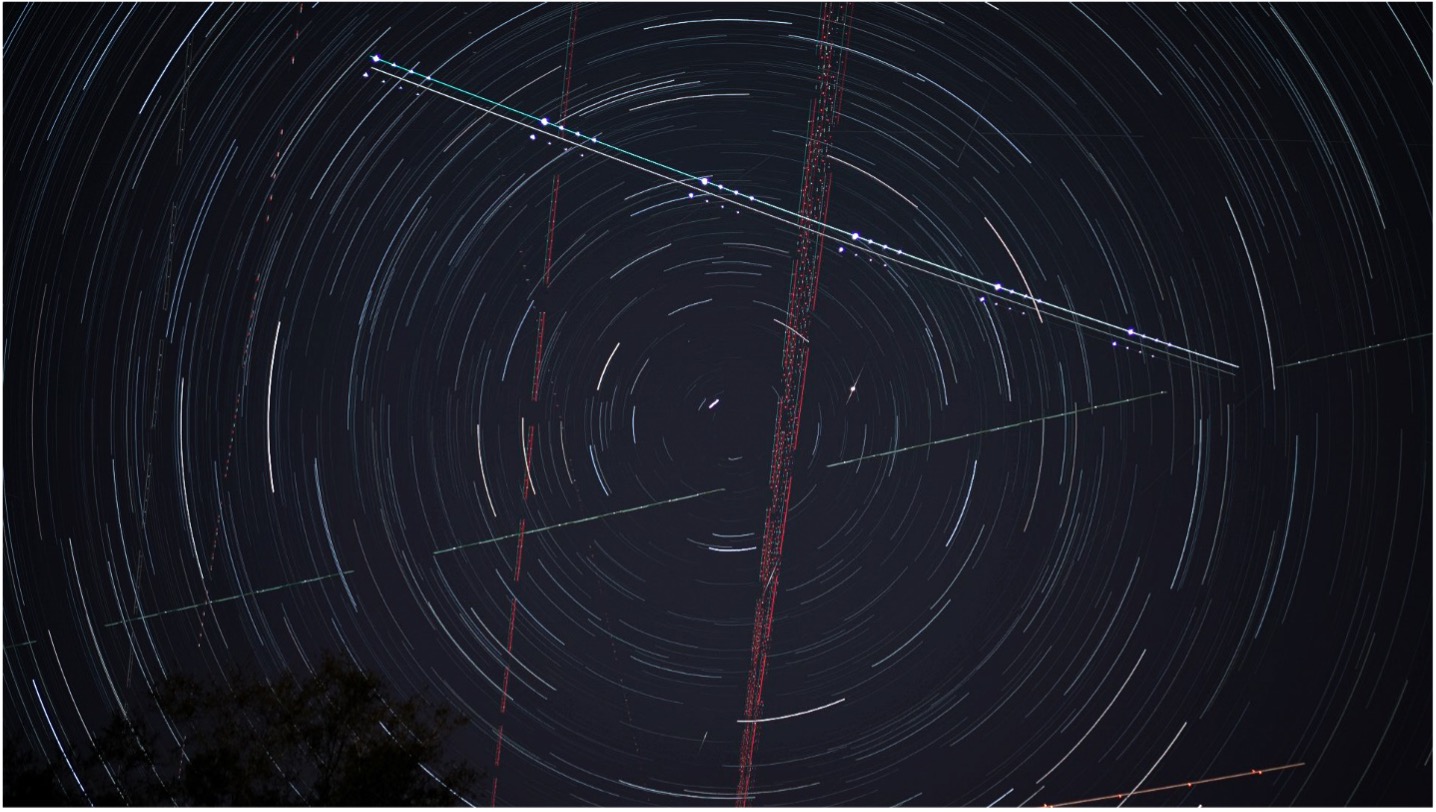
Warp Speed Ahead
As UF Astronomy continues its upward trajectory, the department has even more to look forward to in the coming days. Thanks to new partnerships with NASA, faculty and students are benefitting from expanded access to a wealth of new data from the Webb telescope.
“The Webb telescope is exciting because it offers views of the universe we couldn’t see with previous telescopes,” Lada explained. “Webb can capture infrared and heat signatures in addition to regular photos.”
Those infrared capabilities hold immense potential for many research endeavors in the department. Lada shares in the excitement of using Webb’s infrared capabilities to further her research. Examining heat signatures within gas clouds could make finding new stars much easier, and thermal readings throughout their early development promise valuable insights into growth and energy output.
“We recently found 140 new clusters of stars in the galaxy closest to us,” Lada said. “To study them further, we’ve submitted a proposal to follow them up with higher resolution images from Webb so that we can resolve the stellar members of the cluster and study them in more detail.”
Bae plans to use the images to study young stars, hoping to find young planets in the material surrounding them. Adam Ginsburg can use the infrared technology to pierce through our galaxy’s dusty spiral arms and see stars where they are forming. He leads projects searching for forming stars in the darkest, densest clouds in the center of our galaxy to determine the factors influencing stars’ sizes.
Professor Charles Telesco, a key figure in building astronomical instruments, including CanariCam for the Gran Telescopio Canarias telescope, has been actively involved in Webb-related projects. CanariCam facilitated the first-ever time-sequence infrared spectral snapshots of a unique supernova in a nearby galaxy. This success led to the formation of a large team conducting similar Webb spectra observations of more distant supernovae.
Telesco is also building a detection device that he hopes to use to find life on other worlds. The project is in the prototype stage, but current results with said prototype, called IMPS (Integrated Miniature Polarimeter and Spectrograph), have shown promising results.
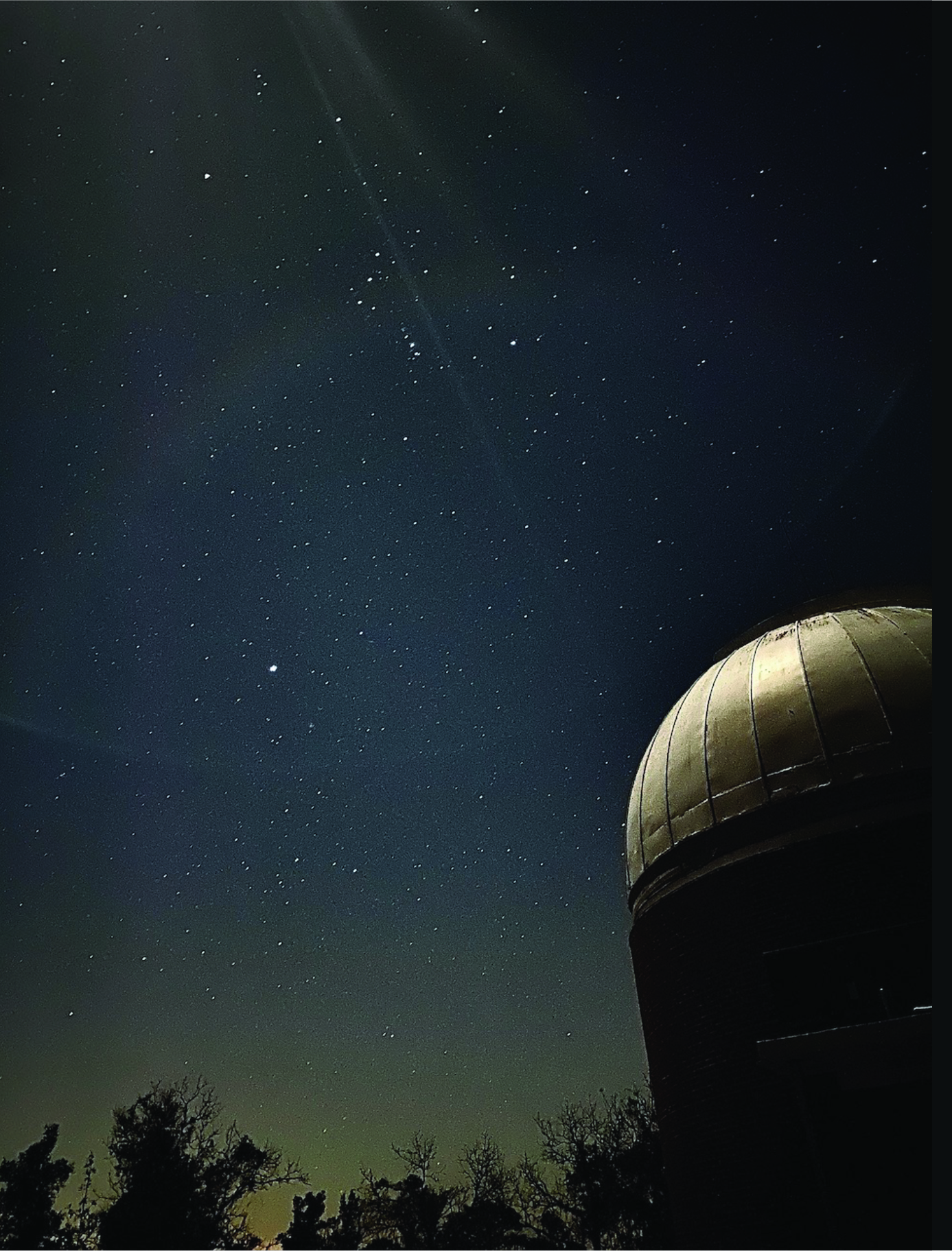
As these advancements herald a new era of exploration and discovery, UF Astronomy is poised at the forefront of this transformative wave of knowledge, ready to unravel the mysteries of the universe. The horizon of astronomy is aglow with the promise of future discoveries that will shape our understanding of the cosmos for generations to come.
Join UF Astronomy for free, public stargazing sessions at the campus observatory. Visitors can use various telescopes to observe celestial objects, explore space-related videos, and watch demonstrations from experts.
Find out about upcoming events here:
Read more from the Fall/Winter 2023 issue of Ytori magazine.

